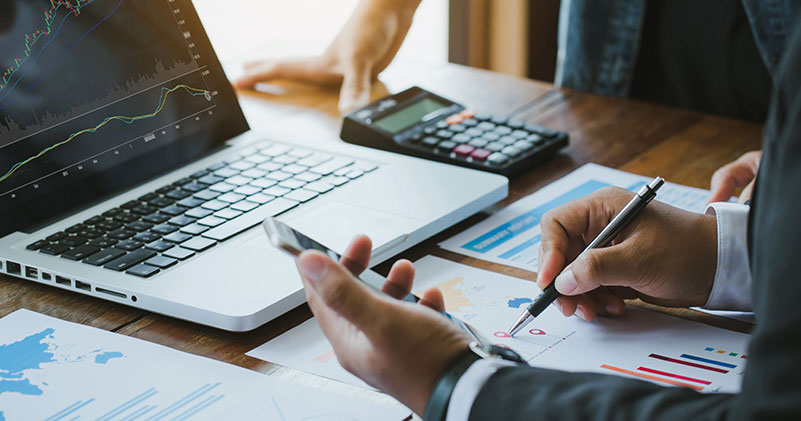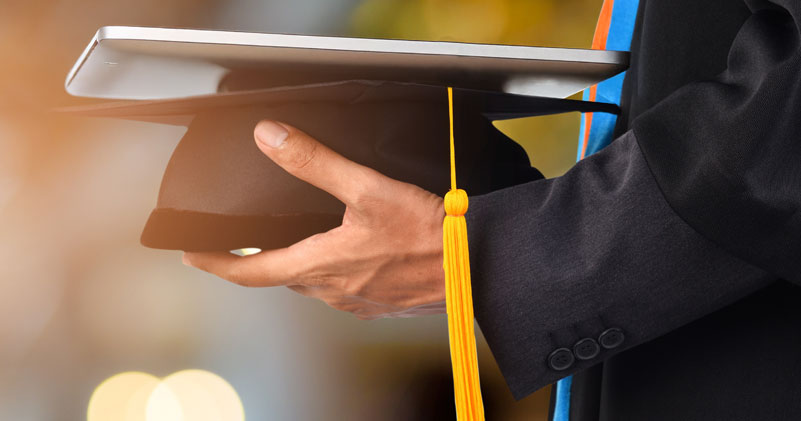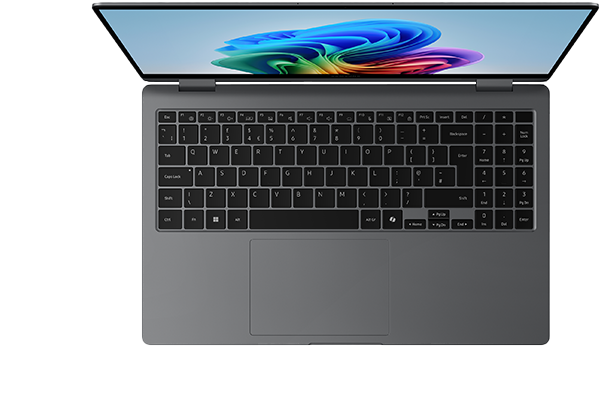Exploring the Shared Ownership Model in IT: How does it work and benefit businesses?

At InnoVent, we specialize in technology asset rental and re-rental services for businesses. Our approach sets us apart from other leasing companies as we operate based on a Shared Ownership Model. Here's how it works:
The journey of a device begins with a first corporate user who utilizes the device for the initial three years of its lifespan. These users enjoy the benefit of accessing the latest technology at a more affordable price compared to purchasing outright, thanks to our investment in the device's residual value. During the lease period, this first corporate user acts as the custodian of the device.
Once the three-year period concludes, the first user upgrades their IT equipment to the next generation of corporate devices and returns the "old" equipment to us. We then update and refurbish the equipment to a high standard, making it as good as new. This allows us to offer it to a second user, such as another business, school, or charity, who seeks great technology at a more affordable price. Our range of refurbished laptops, known as 2nd Life IT, can save businesses up to 50% compared to the price of new equipment.
After the leasing period for the second user ends, they also return the equipment to InnoVent and refresh their IT estate with the latest devices that suit their needs.
Many of our clients also prefer to combine new and refurbished equipment. This approach enables them to stretch their IT budgets further while still obtaining the necessary equipment.
What happens to the refurbished equipment once it returns to us for the second time?
Returned equipment undergoes thorough evaluation and testing. If the equipment can go through a lighter refurbishment process, we refurbish it accordingly and make it available for a third user, typically a non-corporate end-user. If a device cannot be refurbished, we ensure its disposal in a sustainable manner. This process includes:
- Rescuing useful components that can serve as spare parts to repair other devices.
- Disassembling the remaining parts and sorting them by material type for recycling purposes. These materials are then used in the manufacturing of new products.
- Items that cannot be reused or recycled are sent to an Energy Recovery Facility, where they undergo processing to generate electricity.
All of these processes take place within the UK.
Through this approach, we aim to minimize the environmental impact of technology assets while offering businesses across the UK access to great technology at affordable prices, contributing to a circular economy.
Related Blogs

Short Term IT rentals for growing Academy Trusts
When an academy trust grows, IT often becomes one of the biggest challenges. Whether you’re onboarding a new school, launching a short-term project, or supporting research initiatives, having the right devices at the right time is critical, but it can also be costly and time-consuming.

How Accountancy Firms can lead on Sustainability through smarter IT
Accountancy firms are under pressure to demonstrate sustainability—not just for their clients, but within their own operations. One area that’s often overlooked is the environmental impact of IT devices.

Onboarding interns or graduates? Consider this practical IT solution
Every year, law firms and other industries welcome waves of new graduate trainees and interns. It’s an exciting, high-energy time—but it also brings significant operational challenges, especially when it comes to equipping those new starters quickly and efficiently.
